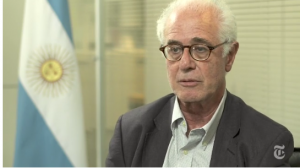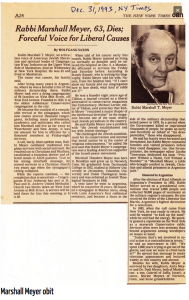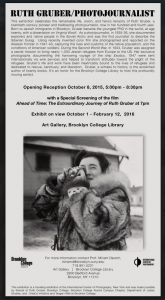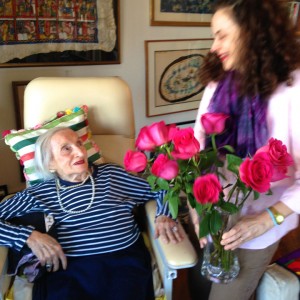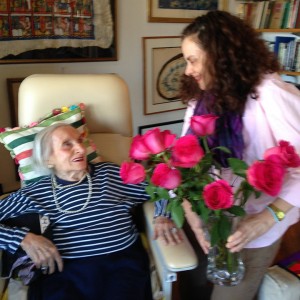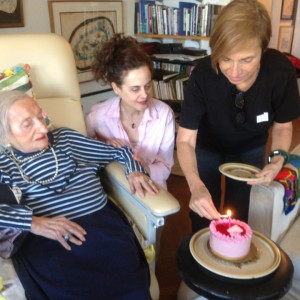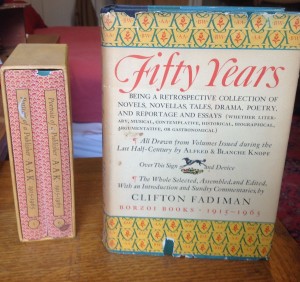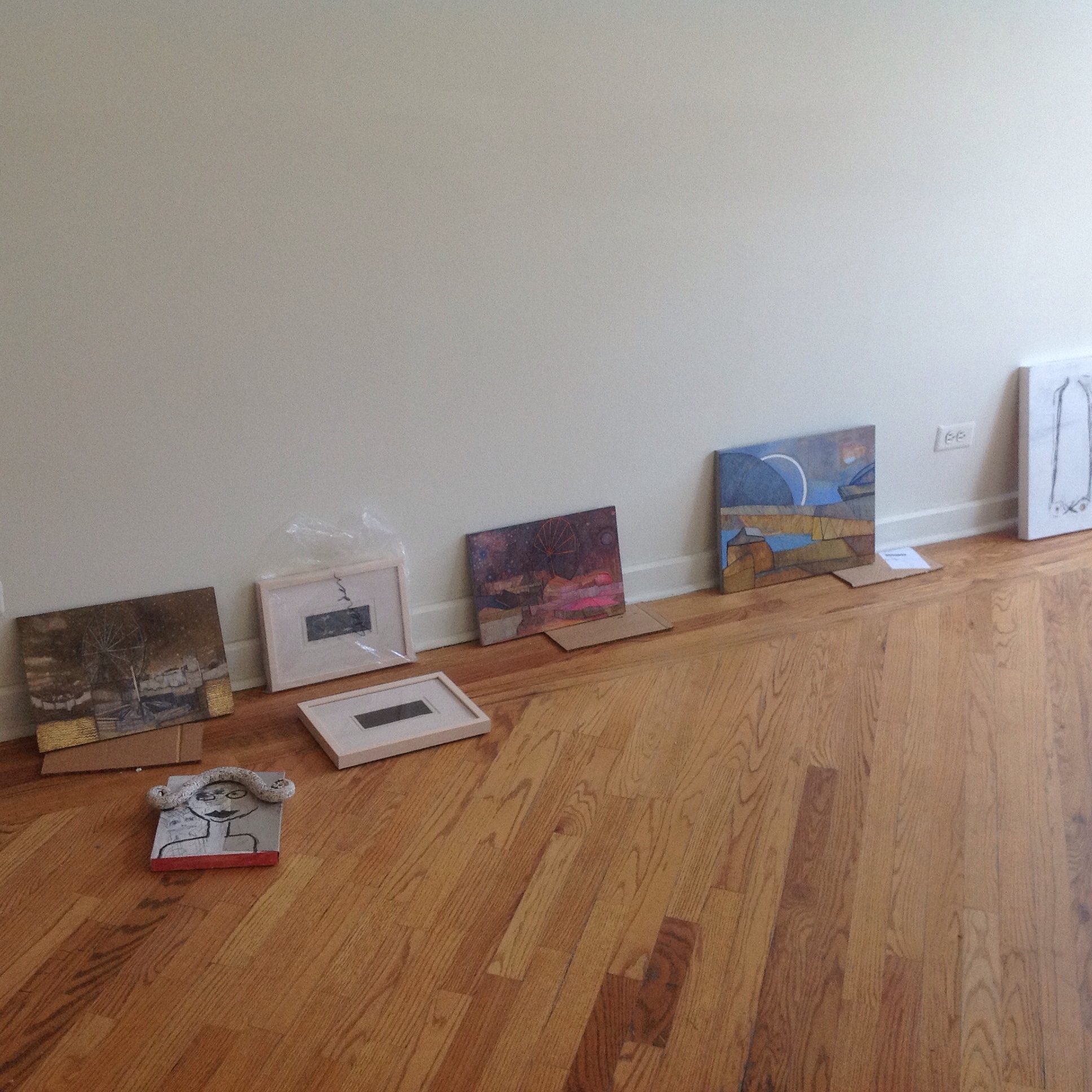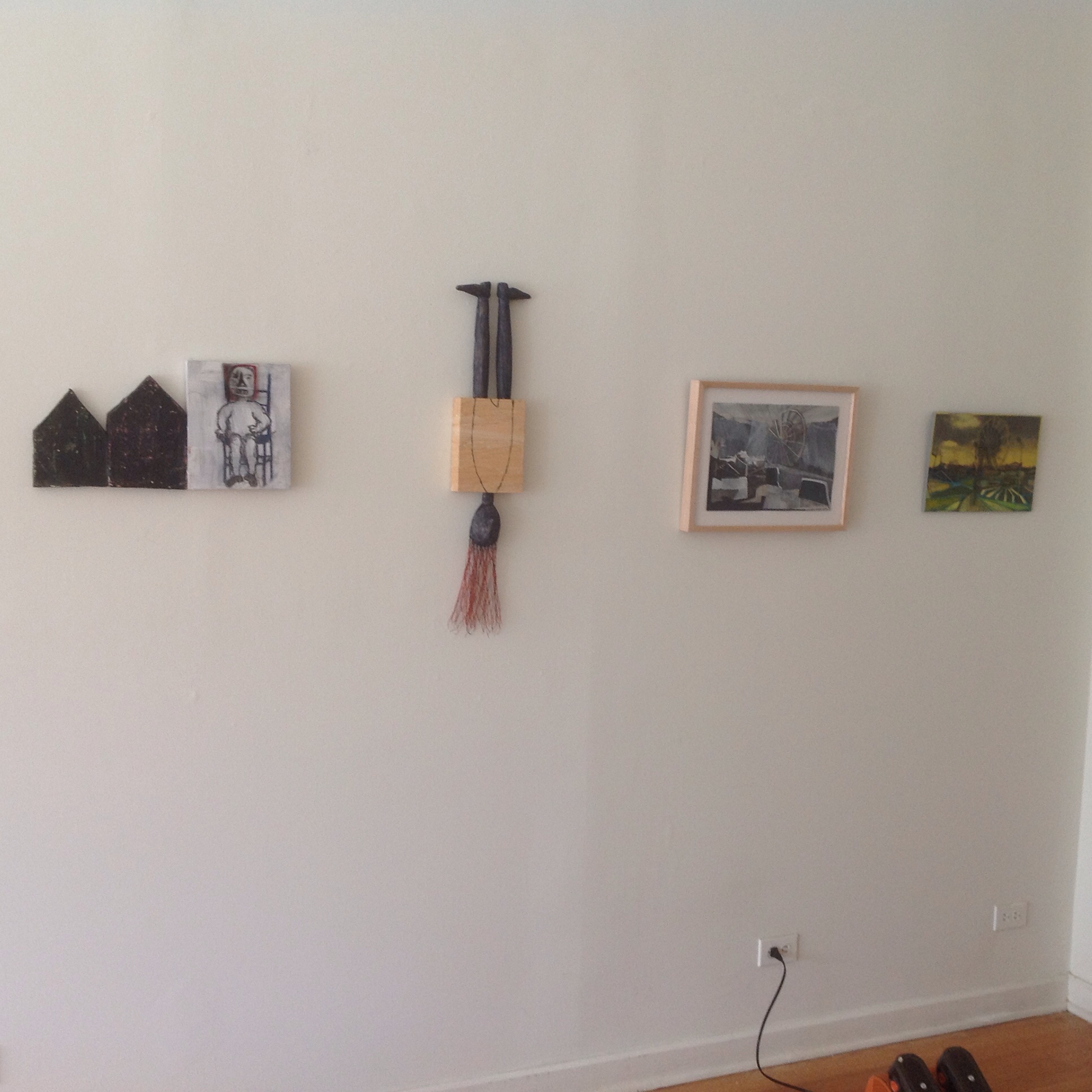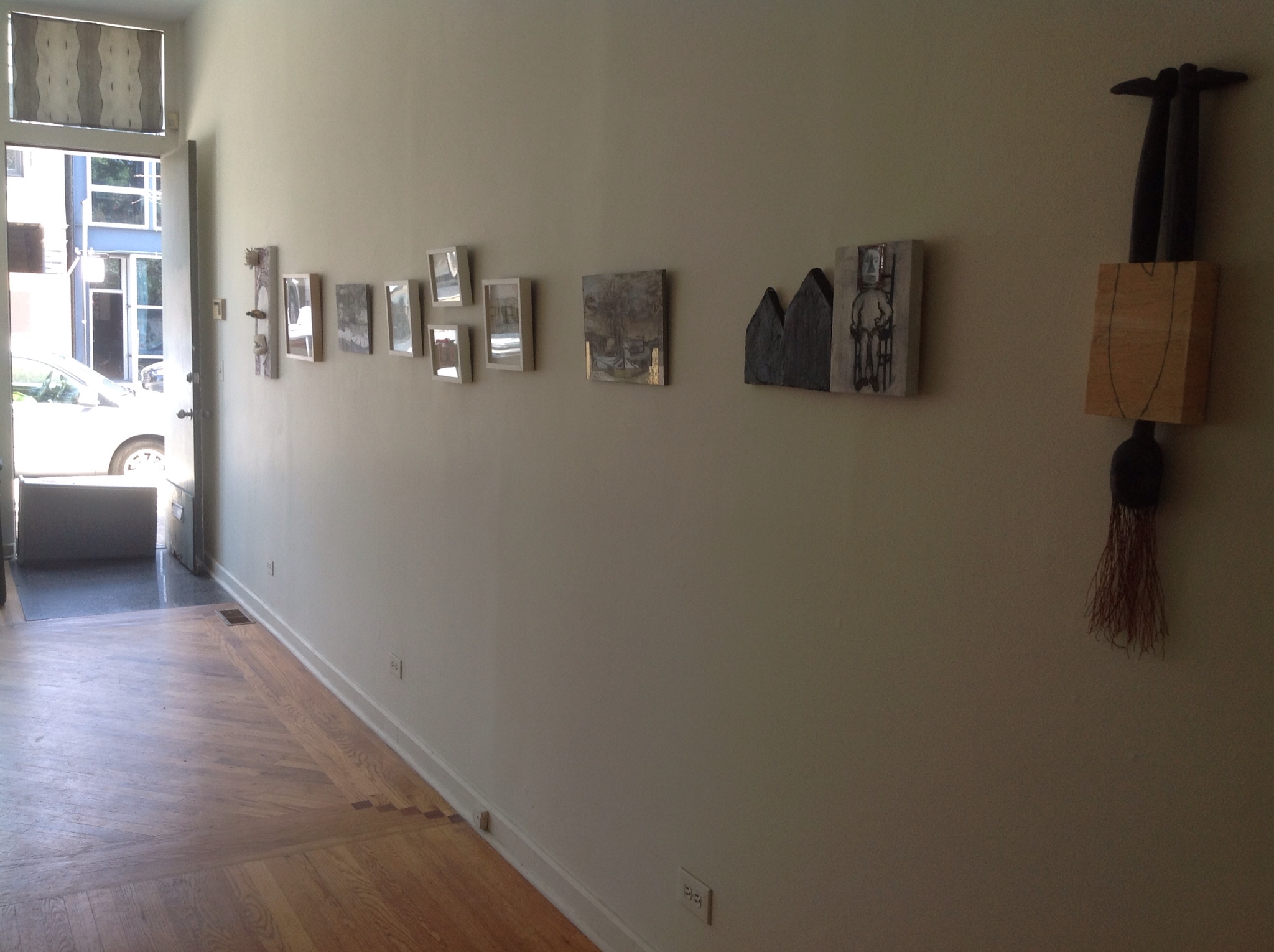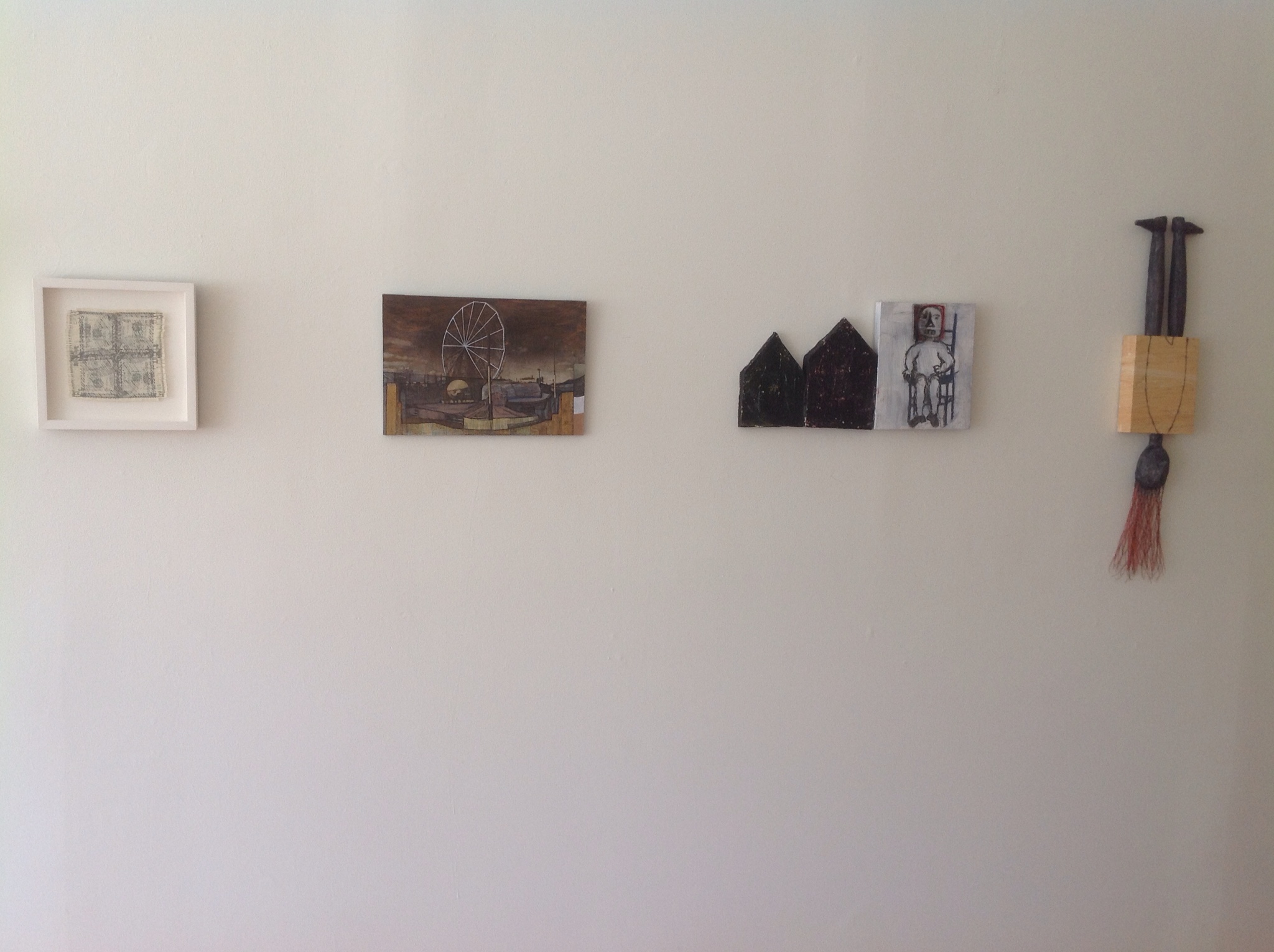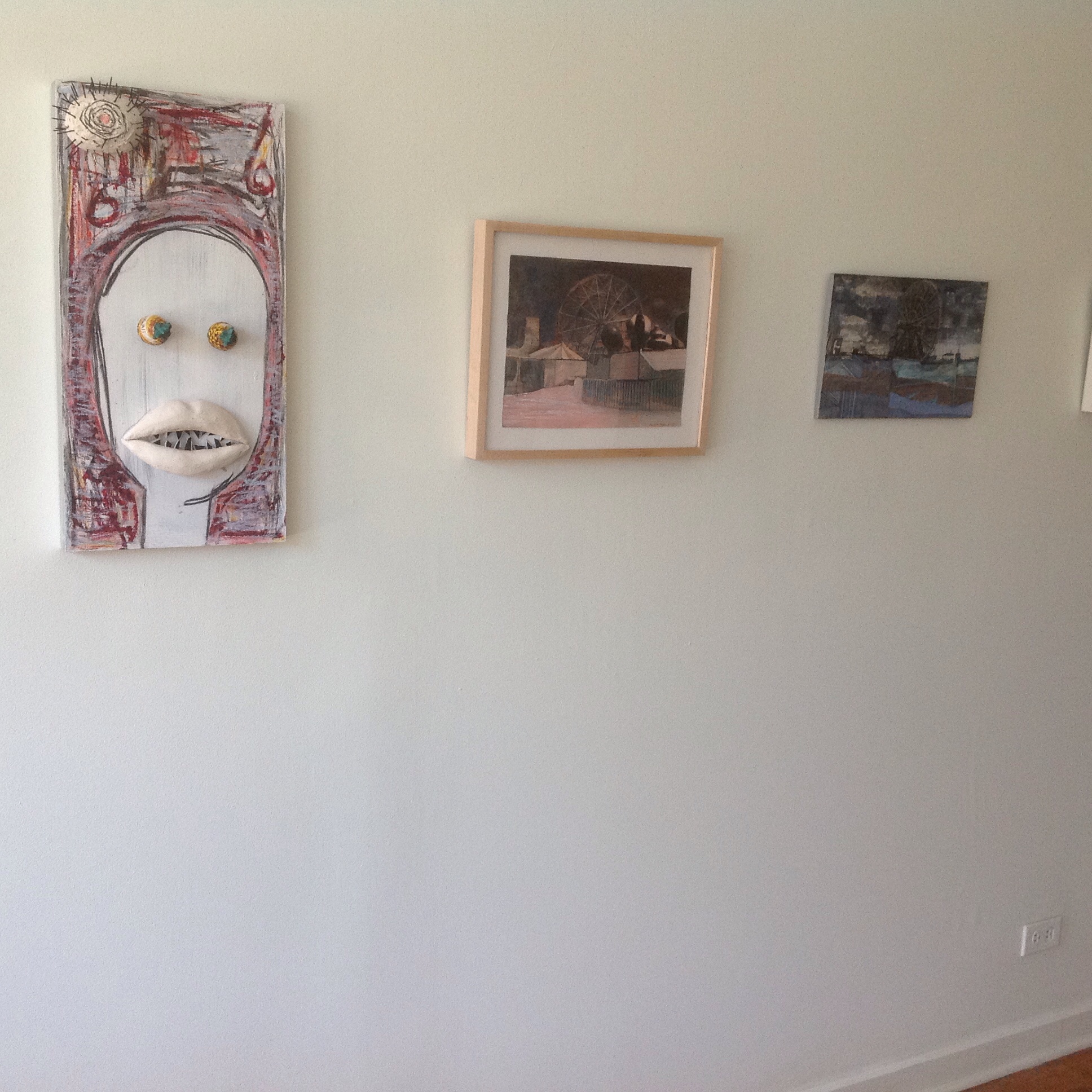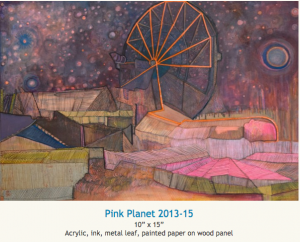Discovering The Pines at Mercury Lounge, Opening for Israel Nash
 I delighted in that most welcome of live music-going experiences on Oct 22. Going to hear roots rocker Israel Nash for the first time—an artist whose recordings I’d heard and enjoyed for several months—I encountered an opening act whose sound instantly captivated me, which I immediately adored. They are called The Pines. I urge you to listen to them, and go hear them live if they’re playing in your area on their current tour, which will take them to Winnipeg, Canada, as well as to North Dakota, Wisconsin, Illinois, Iowa, Tennessee, Pennsylvania, Minnesota, and Iowa, the latter two being their home states. I was fortunate to arrive an hour early for Nash’s set, and so walked in to the Mercury Lounge just as The Pines were beginning their first song. Playing keys, electric guitar, and acoustic guitar, the trio had a gentle and disarming stage presence that was somehow emphasized by the fact they were all seated. My ears quickened to a lush and ravishing interplay of voices and instruments. I was evidently not the only stunned listener, nor the only person new to their sound, as, unusual at this venue, no one in the darkened music room spoke while they performed. It was easily the most hushed and attentive crowd I’ve ever been a part of at this usually noisy club. Their songs sounded as if they were either traditional ballads reworked by them, or originals that sounded like they emerged from the soil of the upper Midwest. One song, “Are You Ready for the Fair?”, reminded me of Greg Brown, a folksinger I’ve enjoyed for years. Later, I got a copy of their CD “Pasture” and saw that that song is indeed written by Brown. And on The Pines’ website, I see that Benson Ramsey, who often takes lead vocals, while playing lead and slide guitar, and Alex Ramsey, who plays piano and organ, are sons of Bo Ramsey, Brown’s longtime producer and sideman. Greg Brown, it should be noted, is married to the great country singer Iris Dement.
I delighted in that most welcome of live music-going experiences on Oct 22. Going to hear roots rocker Israel Nash for the first time—an artist whose recordings I’d heard and enjoyed for several months—I encountered an opening act whose sound instantly captivated me, which I immediately adored. They are called The Pines. I urge you to listen to them, and go hear them live if they’re playing in your area on their current tour, which will take them to Winnipeg, Canada, as well as to North Dakota, Wisconsin, Illinois, Iowa, Tennessee, Pennsylvania, Minnesota, and Iowa, the latter two being their home states. I was fortunate to arrive an hour early for Nash’s set, and so walked in to the Mercury Lounge just as The Pines were beginning their first song. Playing keys, electric guitar, and acoustic guitar, the trio had a gentle and disarming stage presence that was somehow emphasized by the fact they were all seated. My ears quickened to a lush and ravishing interplay of voices and instruments. I was evidently not the only stunned listener, nor the only person new to their sound, as, unusual at this venue, no one in the darkened music room spoke while they performed. It was easily the most hushed and attentive crowd I’ve ever been a part of at this usually noisy club. Their songs sounded as if they were either traditional ballads reworked by them, or originals that sounded like they emerged from the soil of the upper Midwest. One song, “Are You Ready for the Fair?”, reminded me of Greg Brown, a folksinger I’ve enjoyed for years. Later, I got a copy of their CD “Pasture” and saw that that song is indeed written by Brown. And on The Pines’ website, I see that Benson Ramsey, who often takes lead vocals, while playing lead and slide guitar, and Alex Ramsey, who plays piano and organ, are sons of Bo Ramsey, Brown’s longtime producer and sideman. Greg Brown, it should be noted, is married to the great country singer Iris Dement.
Click here to see a video of their song “Cry, Cry, Crow” from their album “Dark So Gold.”
After The Pines finished their set, and before Israel Nash and his band took the stage, I introduced myself to Benson Ramsey, and his bandmate Dave Huckfelt. I told them how much I’d enjoyed discovering their music, and that I would be eager to write about them, and let others know of their music. Here are pictures from the show, including some of Israel Nash, who also played a great set, and who I appreciated for having invited The Pines to open for him. I was glad I had the chance to hear both of these bands, and that I had a meet up at Mercury Lounge with a new friend, Garrett Johnson, a Canadian music lover who like me is a member of the CBCRadio 3 music community. I’m glad he was in town and could join me to hear Israel Nash.

